Few freshwater fish have a more formidable reputation than the Northern pike. Part of a Northern pike’s reputation is their voracious appetite, legendary explosion when striking a bait, and ferocity once hooked.

Another part of the Northern pike’s reputation is its gaping maw, a razor-sharp, teeth-filled cavity that can gauge, scrape, lacerate and puncture everything it bites.
Like most fish, the Northern pike’s toothy reputation is a mix of fact and fiction. Here is the lowdown surrounding Northern pike and their fear-inspiring choppers.
How Many Teeth Does a Northern Pike Have?
A Northern pike can have up to 500 teeth in their mouth on average with one giant Northern pike found in England having a whopping 700 teeth in its mouth!
How Big Are Pike Teeth?
Most Northern pike teeth, up to 90 percent, rest on the roof of their mouth in two to three pads of needle-like incisors. Pike use those teeth to latch onto and hold prey.
Their bottom front teeth are larger but just as sharp and can grow up to 1 inch long.
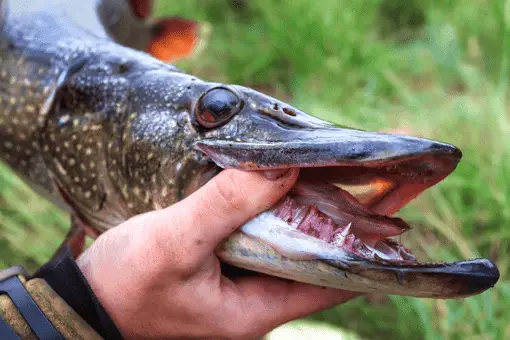
A Northern pike uses its top teeth to hold its prey and its bottom teeth to penetrate the body of its target. For a pike, the bottom teeth kill the target or injure it enough that the unfortunate victim cannot put up much of a fight.
Do Northern Pike Lose Their Teeth?
No. It is a myth that pike shed their teeth, although the fish can lose teeth due to injury or infection. When you have hundreds of teeth, losing one or two is not that big of a deal!
Will a Pike Fish Bite You?
Northern pike are opportunistic hunters and aggressive feeders. They attack what they think they can subdue, that is, food.
In most cases, food means anything a Northern pike can fit its mouth. Whether a Northern pike would attack a human being depends on the situation.
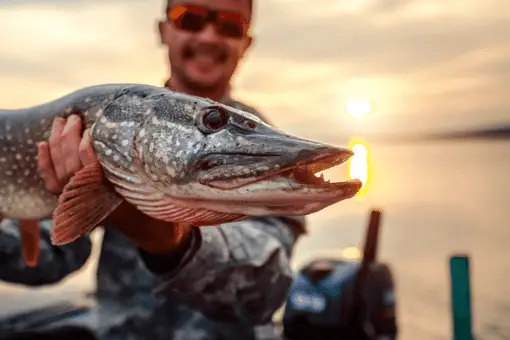
The Risk to Waders and Swimmers
In most cases, a human being poses too large of a target for a Northern pike to attack. There are stories of Northern pike swimming near people and quickly hiding once they notice their neighbors.
A general rule is that Northern pike will only attack something a third to half their body size.
That is not a rule that always applies. Anyone who has ever fished for Northern pike has had it strike a lure over half its size. If pike are hungry, particularly in bodies of water where food is scarce, they will attack anything they think they can eat.
Since humans are not on the typical Northern pike menu, though, that means the fish will rarely go after a human, although it has happened. In most cases, the attack is a case of mistaken identity. Pike think a hand or leg is a fish and latch on, quickly releasing their bite when they realize they have not bitten a preferred food.
The Risk to Anglers
Another risk is for anglers taking a pike out of the water or removing a lure or hook from its mouth. Northern pike are all muscle, so they are even hard to handle for in-shape anglers.
When thrashing about in a boat or while an angler has one in their hands, it is possible that the fish’s mouth could latch onto a finger, hand, or arm, although the fish will usually let go immediately.
The risk of a bite by a Northern pike is at its highest when removing a lure or hook. A Northern pike will get very aggressive if it feels threatened, and being yanked from the water and held by a human is generally considered a threatening situation.
When removing a lure or hook the pike can thrash around and snap its jaws, and if the angler is not very careful, their hand can end up on the losing side of that proposition. The result is a painful and bloody reminder that Northern pike has many needle-like teeth.

If You Get Bitten …
While Northern pike rarely strike humans, and except for when removing a lure, it is almost always a case of mistaken identity, if you do get bit by a Northern pike (or any fish) and blood gets drawn, you need to make sure you take care of the wound quickly.
Water and Fish mouths and teeth can be teeming with bacteria, and infection can set in very quickly in an untreated wound.
A visit to an emergency room or doctor is a good idea. The doctor will likely give you a tetanus shot if you are not current and may put you on antibiotics as a precaution.
In severe bite cases, stitches might be necessary. You also may end up with a bandage of some sort, depending on the placement of the wound and how severe it is.
If no hospital, urgent care facility, or doctor is available, wash the wound with antiseptic and use sterilized bandages to cover it. Get to a medical facility when you can if the wound is anything more than superficial. If medical care is not possible, treat the bite by regularly washing it out and rebandaging it until you can get treatment.
What Is the Bite Force of Northern Pike Fish?
A fish bite gets measured in newtons. One newton is the force required to accelerate one kilogram of mass one meter per second in the direction of the applied force.
A Northern pike bite force quotient of an average-sized fish is less than 40 newtons. The largest pike bite force ever recorded which was 32 inches, had a bite force of 44 newtons.
By comparison, a Great White shark can produce a bite force quotient of about 10,000 newtons or 2,300 pounds of force. Humans with healthy teeth have a bite force of about 777 newtons.
What a Northern Pike Bite Can Do
Those figures mean the following: A Northern pike bit can:
- Penetrate the skin
- Damage muscles and tendons
A Northern pike cannot bite through bone.
What can cause damage, besides broken skin, is the rows of smaller teeth in the top of the mouth of a Northern pike. When a pike latches onto your hand, those rows of teeth grasp the area bitten, and as you struggle, penetrate deeper and rip the skin. The ripping and abrasions can be even more acute if the fish thrashes around.
You will not lose a finger to a Northern pike, but you might need several stitches depending on how much of your hand, arm, leg, etc., they managed to grab. Infection can set in quickly, so getting your bite treated as soon as possible is paramount.
How To Handle a Northern Pike
The best way to handle a Northern pike is to use a fishing protection glove, net, and fishing pliers. If you have none of that equipment, you can pick a pike up by its gill plates or just below its head.
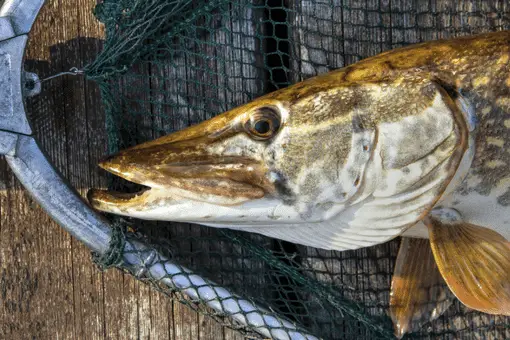
Remember that a Northern pike gets its strength from its head down through its body when they thrash around, so controlling its head is vital to controlling the fish.
When removing a lure, it is best to use long-nosed fishing pliers. If you must use your hands, be very careful and expose as little flesh as possible.
Can Pike Bite Through Fishing Line?
Yes, and it is pretty common. The best way to avoid this is to use a wire leader, although if the fish is big enough, even that can be severed, depending on its size. Here is how standard fishing line fares with pike.
Monofilament Line
With any monofilament line, there is a risk a Northern pike will nick the line with its teeth, and it will sever. The best way to avoid severing the line is to keep it as taught as possible but let the fish run if it decides to do so. Try and avoid changing the direction of the line, as that can cause it to rub up against its teeth.
If you are targeting Northern pike, you should use at least 10 pound-test and higher, if possible, particularly if the water you are fishing is unclear.
Braided Line
A braided line will hold up better than monofilament but will fray against a pike’s teeth. At a minimum, if you are using a braid to target a pike, you should use a 10 to 15 pound-test so that if any of the strands of the line break, you have an equal level of protection unless the pike severs the braid entirely. Braid is your best bet to land a pike if you are not using a wire leader.
Fluorocarbon Line
The same principles apply to fluorocarbon line as the other two types of line. If you can, use a leader. If you do not have one, use as heavy a pound-test line as you can pull off without spooking the fish.
Final Thoughts
Latching onto a Northern pike is an exhilarating experience. Many anglers will focus only on Northern pike once they hook into one. It is crucial to ensure you avoid their teeth, as they can do damage. If you get bit, do not ignore the wound and get it treated as soon as possible.
- Do You Need An Indicator For Nymph Fishing? - November 16, 2023
- Fishing Safety Tips For Families - September 25, 2023
- What Is The Best Time To Night Fish At A Lake? - September 18, 2023

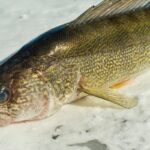
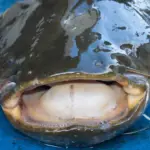
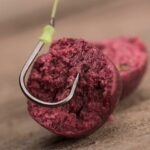
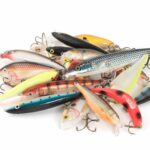

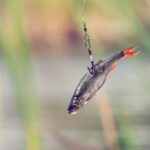

![Does Bass Have Teeth? [How to Handle Bass Safely] does-bass-have-teeth](https://irvinelake.net/wp-content/uploads/2022/09/does-bass-have-teeth-150x150.png)